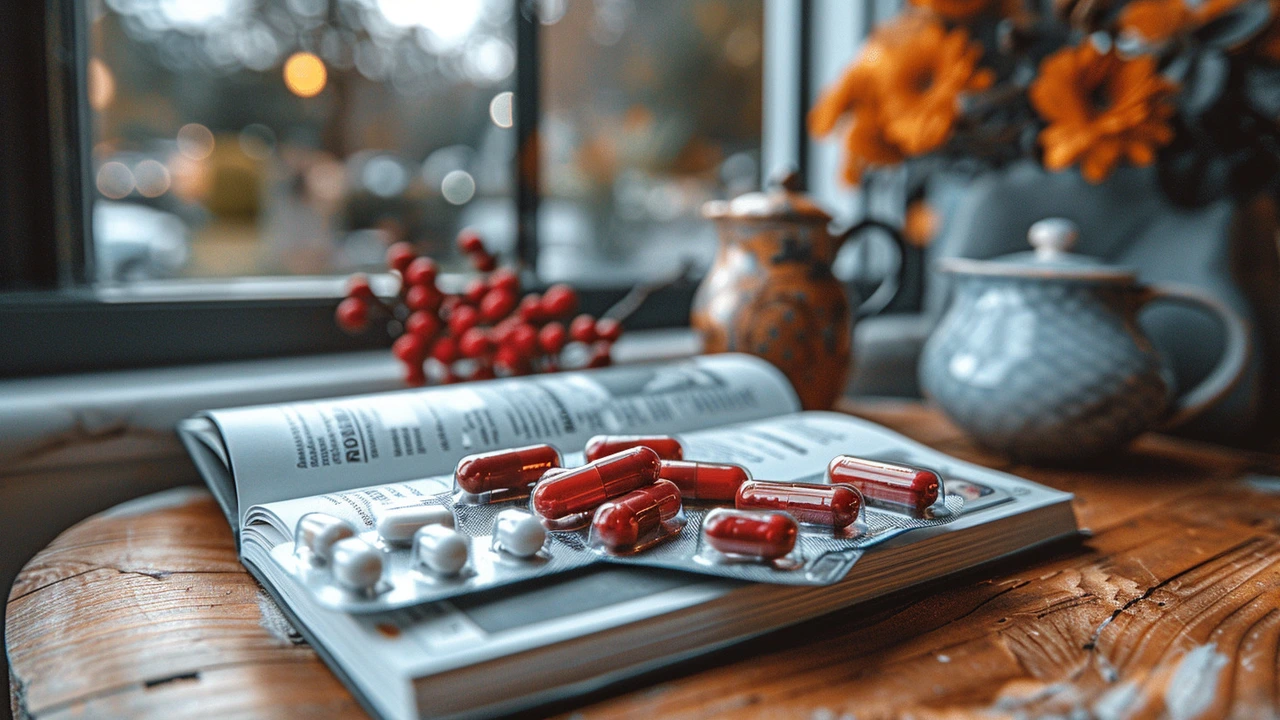Stroke: Fast Facts, Warning Signs, and What to Do Now
Stroke is a leading cause of disability and a medical emergency where every minute matters. When a blood vessel in the brain is blocked or bursts, brain cells start dying quickly. Recognizing the signs early can save function and lives.
Look for FAST: Face drooping, Arm weakness, Speech trouble — Time to call emergency services. Other sudden signs include numbness or weakness on one side, confusion, trouble seeing, loss of balance, dizziness, or a sudden severe headache with no clear cause. If any of these appear, call emergency services immediately and note the time symptoms began.
When help arrives, tell responders about medications, recent surgeries, and medical conditions like atrial fibrillation or bleeding disorders. Don’t give food or drink, and do not give blood thinners unless a doctor tells you to. Hospitals use brain scans to tell whether the stroke is ischemic (a clot) or hemorrhagic (bleeding), and that decision guides treatment.
Risk factors include high blood pressure, atrial fibrillation, diabetes, high cholesterol, smoking, obesity, physical inactivity, and heavy alcohol use. Age and family history raise risk too. Many of these risks are controllable with simple actions and regular care.
To lower your risk: control blood pressure with medication and diet, treat irregular heartbeats, keep blood sugar steady, quit smoking, eat more vegetables and less salt, lose excess weight, and move regularly. Ask your doctor about statins if you have high cholesterol and about anticoagulation if you have atrial fibrillation.
Treatments and hospital care
In the emergency room, doctors may use clot-busting medication (tPA) when an ischemic stroke is diagnosed within a narrow time window. For some large clots, an interventional procedure called thrombectomy can remove the blockage. For other stroke types, doctors focus on controlling bleeding, reducing pressure, and preventing complications. Treatment choices depend on imaging, timing, and overall health.
After the acute phase, rehab starts fast. Physical therapists work on mobility and strength. Occupational therapists help with daily tasks. Speech therapists address language and swallowing. Early rehab and consistent practice often make the biggest difference in recovery.
Medications, recovery, and daily life
Common medications after stroke include antiplatelet drugs (aspirin, clopidogrel), anticoagulants for certain heart-related strokes, blood pressure medicines, and statins. These cut the risk of a second stroke but can carry side effects like bleeding or bruising. Follow dosing instructions, report unusual bleeding, and never stop medicines without asking your doctor.
Emotional and cognitive changes are common. Depression, memory problems, and fatigue happen—and they’re treatable. Support groups, counseling, and setting small, achievable goals help. Use home safety measures, plan follow-up checkups, and keep family members informed about warning signs and care plans.
Need more practical guides on meds, blood pressure options, or recovery tips? Browse the Stroke tag on GoGoMeds for clear, practical articles about prevention, medications, and rehab. Quick action and steady follow-up give the best chance of a better recovery.
If you’re caring for someone, learn safe swallowing techniques, home exercise plans, and local rehab resources. Small steps daily add up to real improvement now.

